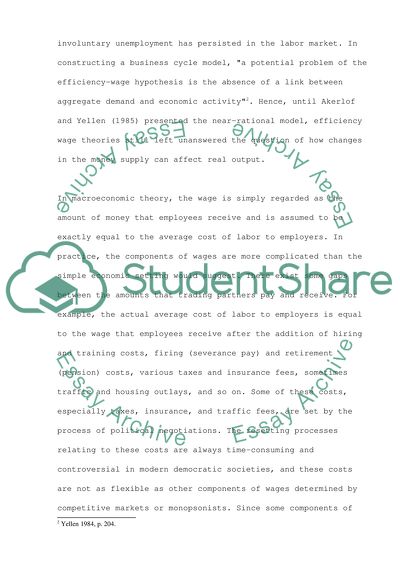Cite this document
(Efficiency Wages and Equilibrium Wages Essay Example | Topics and Well Written Essays - 1750 words, n.d.)
Efficiency Wages and Equilibrium Wages Essay Example | Topics and Well Written Essays - 1750 words. Retrieved from https://studentshare.org/macro-microeconomics/1526457-efficiency-wages
Efficiency Wages and Equilibrium Wages Essay Example | Topics and Well Written Essays - 1750 words. Retrieved from https://studentshare.org/macro-microeconomics/1526457-efficiency-wages
(Efficiency Wages and Equilibrium Wages Essay Example | Topics and Well Written Essays - 1750 Words)
Efficiency Wages and Equilibrium Wages Essay Example | Topics and Well Written Essays - 1750 Words. https://studentshare.org/macro-microeconomics/1526457-efficiency-wages.
Efficiency Wages and Equilibrium Wages Essay Example | Topics and Well Written Essays - 1750 Words. https://studentshare.org/macro-microeconomics/1526457-efficiency-wages.
“Efficiency Wages and Equilibrium Wages Essay Example | Topics and Well Written Essays - 1750 Words”, n.d. https://studentshare.org/macro-microeconomics/1526457-efficiency-wages.


